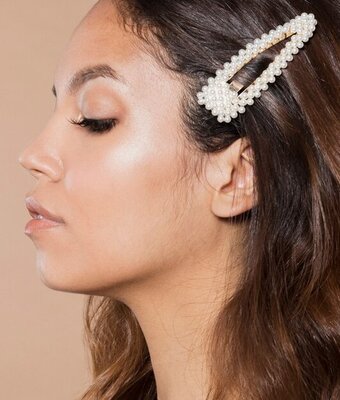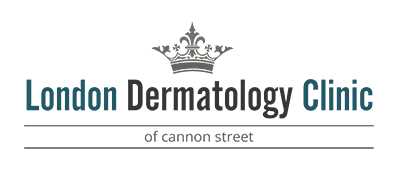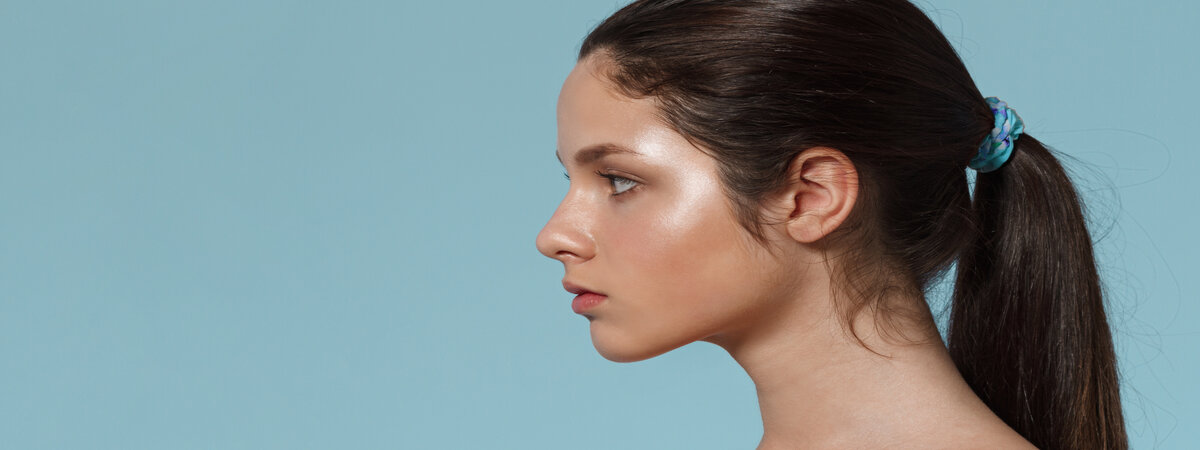
Diverse Nose Shapes and Rhinoplasty Possibilities: A Look at Various Nose Types
Noses come in all shapes and sizes—and that’s completely normal. Some are curved, some are straight, some have a slight bump or a rounder tip. It’s part of what makes us each look like ourselves. But if you’ve ever looked in the mirror and wished your nose looked a little different, it’s okay to feel that way too.
Many people explore rhinoplasty, or nose reshaping surgery, not to chase perfection—but to feel more comfortable and confident in their own skin.
What Exactly Is Rhinoplasty?
Rhinoplasty is a surgical procedure that adjusts the shape, size, or structure of the nose. People choose it for different reasons—some want to soften a bump, refine a tip, or correct something from a past injury. Others are simply looking for balance: something that feels more “them.”
When we meet with patients, we always take the time to understand their goals. Bringing along a few reference photos—noses you like or features you admire—can help guide that conversation. But most importantly, we shape your treatment plan around your face, your features, and what you want.
Common Nose Shapes – And What They Might Mean for Treatment
There’s no such thing as a “bad” nose, but here are a few shapes people often ask us about:
-
Bulbous Tip
This means the end of the nose is rounder or wider than you’d like. Surgery often focuses on gently reshaping the cartilage. -
Upturned or Celestial Nose
A little flip at the end of the nose. Some love it; others prefer a more neutral angle. -
Snub Nose
Short, rounded, and often a bit upturned. Rhinoplasty can help lengthen it slightly or adjust the tip. -
Straight or “Greek” Nose
Smooth and straight from top to tip. While often considered “ideal,” some patients feel it looks too long or prominent. -
Crooked or Bumpy Nose
A bend or noticeable bump—often from an injury or just genetics. This usually requires precise work to realign the shape. -
Roman or Aquiline Nose
A prominent bridge or hump, sometimes with a downward slope. Many people ask for subtle tip lifting or hump reduction. -
Hawk Nose
Similar to the Roman nose, but thinner and more angular. Softening the bridge or tip can create a smoother profile. -
Fleshy Nose
Fuller, especially at the sides or tip—more common in men. Surgery focuses on refining and adding definition. -
Nubian Nose
A longer bridge with a downward tip, often found in individuals of African descent. Patients sometimes request a narrower or more lifted appearance—but always with cultural sensitivity and respect for their natural features.
Can You Really Change Your Nose Shape?
Yes—rhinoplasty can reshape the nose, but it’s not about making it look like someone else’s. It’s about small, thoughtful changes that bring more balance to your face and help you feel like your best self.
If you’re not quite ready for surgery, there’s also non-surgical rhinoplasty using dermal fillers. It’s temporary but can smooth bumps or lift the bridge with no downtime.
Want a Smaller Nose?
That’s one of the most common questions we hear. In this case, reduction rhinoplasty may be the right option. It involves removing a bit of bone or cartilage to create a nose that feels more in proportion with the rest of your features. We take a conservative, artful approach—never overdone.
Is There a “Perfect” Nose?
Not really. Trends may come and go, but what matters most is that your nose fits your face—and makes you feel good. Some people love the look of a straight nose, others want something softer or more unique. There’s no one-size-fits-all.
Let’s Talk About What Feels Right for You
If you’ve been thinking about rhinoplasty, you probably have questions. That’s a good thing. We’re here to listen, explain your options clearly, and guide you—without pressure.
Our London dermatologists and surgeons is here to help you explore what’s possible. Whether you’re considering surgery or curious about non-invasive treatments, we’ll walk you through everything.
FAQ
Is rhinoplasty a painful procedure?
Rhinoplasty is typically performed under anesthesia, so you won’t feel pain during the surgery. However, some discomfort and swelling are common during the recovery period, which can be managed with medication.
How long does the recovery process take?
The initial recovery period for rhinoplasty usually takes about 1-2 weeks. However, it can take several months for all swelling to subside and for the final results to become fully visible.
Are there non-surgical alternatives for nose reshaping?
Yes, dermal fillers can provide temporary nose reshaping without surgery. These fillers can add volume and address minor irregularities, but the effects are not permanent.
Can I combine rhinoplasty with other cosmetic procedures?
Yes, it’s possible to combine rhinoplasty with other cosmetic surgeries, such as a facelift or eyelid surgery. Your surgeon can discuss options based on your goals and suitability.
Are there age restrictions for rhinoplasty?
Rhinoplasty is generally recommended for individuals whose facial growth is complete, typically around the late teens or early twenties. However, there is no upper age limit for the procedure if you are in good health.
Will rhinoplasty affect my breathing?
In many cases, rhinoplasty can improve breathing by addressing issues like a deviated septum or nasal congestion. It’s important to discuss any breathing concerns with your surgeon during your consultation.


